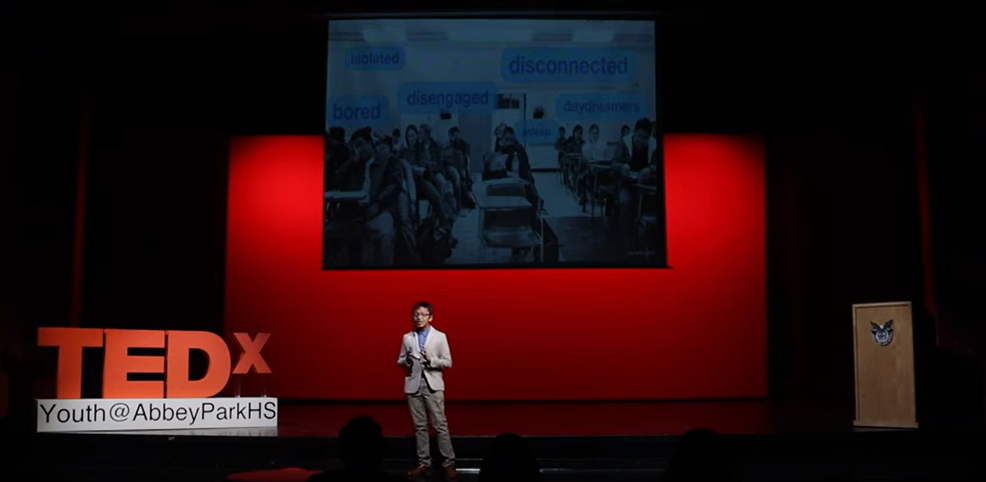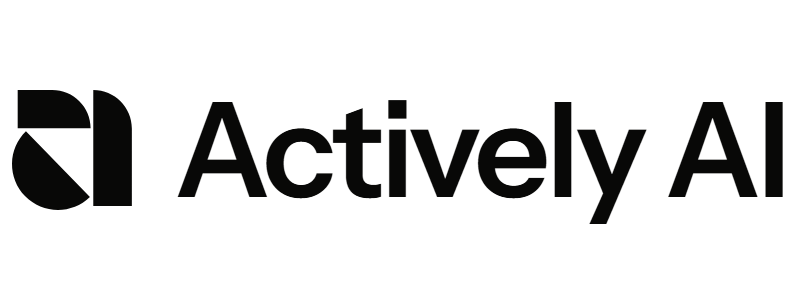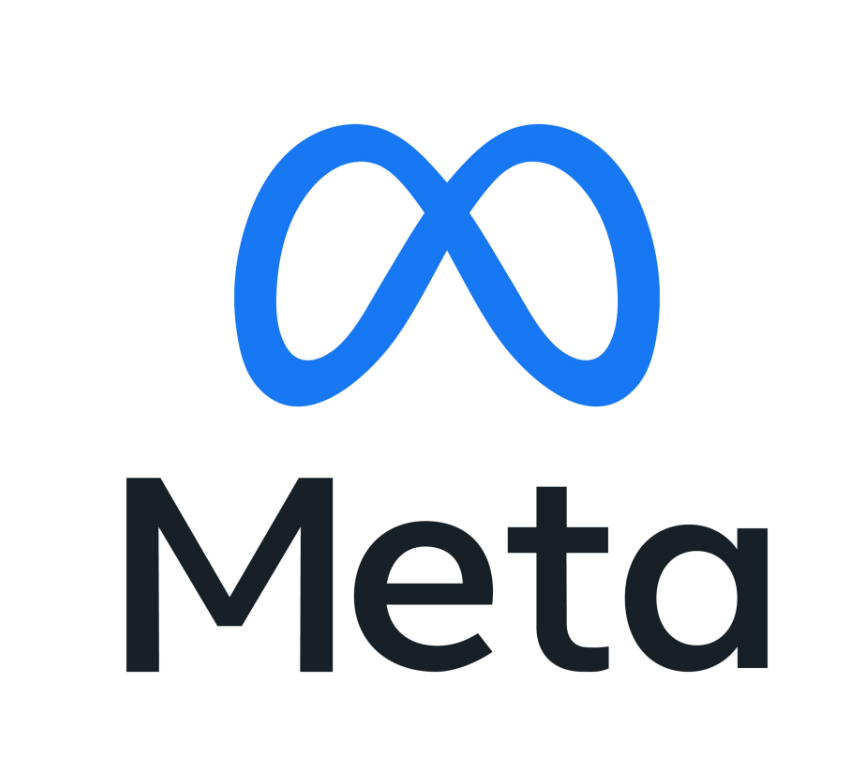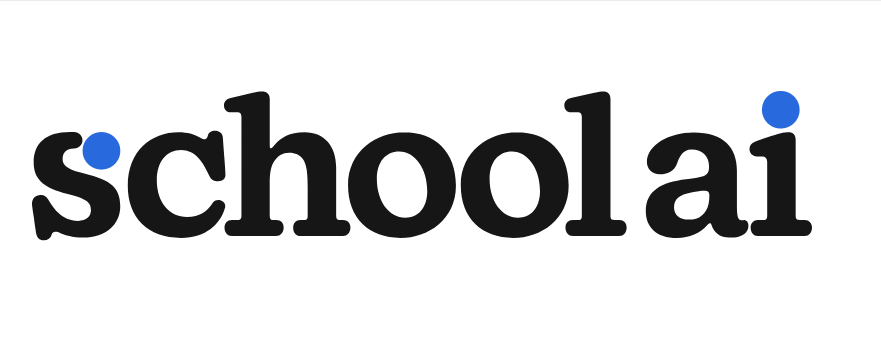The future of education is being reshaped by artificial intelligence (AI), as underlined in a recent presentation on the topic. In a TEDx talk, seventh-grader Aryan Mohanty shared his perspective on how generative AI could transform learning environments. Building on themes explored in another youth-focused article published by the AI insider AI in Education: Unlocking Student Potential, Mohanty envisions AI as a powerful tool for personalizing education and addressing longstanding challenges in schools.
Mohanty argues that generative AI has the potential to solve what he calls the “two Sigma problem” — the idea that one-on-one tutoring is the most effective teaching method, but prohibitively expensive to implement broadly. As he explained: “Back in the 1980s Benjamin Bloom grafted out his data and created the two Sigma problem. This problem stated that the best solution for teaching kids is one-on-one tutoring.” With AI, personalized tutoring could become widely accessible.
The young speaker sees AI as a way to move beyond the limitations of traditional classroom setups.
“Consider the traditional classroom set up: a teacher at the front, students arrayed before them, all eyes on the chalkboard,” Mohanty noted, before adding: “This model, centuries old, is fundamentally the one-size-fits-all approach.” In contrast, AI can adapt to individual student needs.
Accessibility is another key benefit Mohanty identifies. He pointed out that “Generative AI can help bridge this gap by creating digital learning materials, generating interactive simulations, and even offering virtual mentoring services and feedback.” This could be especially impactful for underserved communities with limited educational resources.
Mohanty also sees AI easing teachers’ workloads, explaining it can assist with “automating routine tasks such as grading assessments, generating lesson plans, and offering feedback.” This would allow educators to focus more on meaningful student interactions.
While acknowledging concerns about AI in education, Mohanty draws parallels to past technological shifts: “Let’s go back in time to 1988 where many teachers protested against the use of calculators…As you know that’s not the case. By working around the barriers we were able to create, we were able to dodge an obstacle in a safe educational manner.”
As AI continues to evolve, Mohanty’s vision offers an optimistic student perspective on its potential to create more equitable, personalized, and effective learning experiences. His insights, along with other youth voices on this topic, suggest the next generation is ready to embrace AI as a transformative force in education.
Featured image: Credit: TEDx






